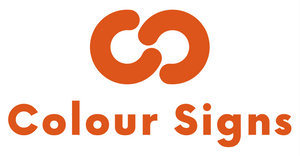If you’ve ever ordered business cards, postcards, flyers or any other printed materials from a professional printing company, you’ve likely heard the term “print ready file.” But what does that actually mean? In this blog post, we break down everything you need to know about print ready files, so you can make sure your next order is on-time and accurate.
So what is a print ready file? It’s simply a file that contains all of the information necessary for a printer to produce your design exactly as you intended it. To be considered “print ready," the file must meet certain criteria such as having the right size and resolution as well as being formatted correctly for a particular type of printing process. For example, if a printer uses digital printing technology, they will require a different set of specifications than if they use offset printing. The most common types of files used in preparing print ready designs are vector files (such as PDF or EPS) which are designed using specialized software like Adobe Illustrator and Corel Draw. Vector files are made up of mathematically generated shapes that can be resized without any loss in quality. The other type of file commonly used for print production is raster files (such as JPG or TIFF) which are made up of pixels and are best suited for photographs and other complex imagery.

